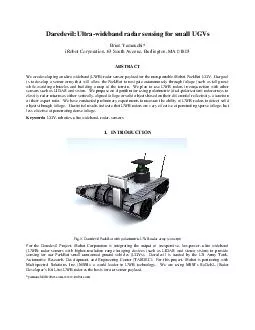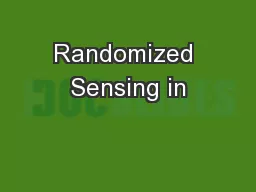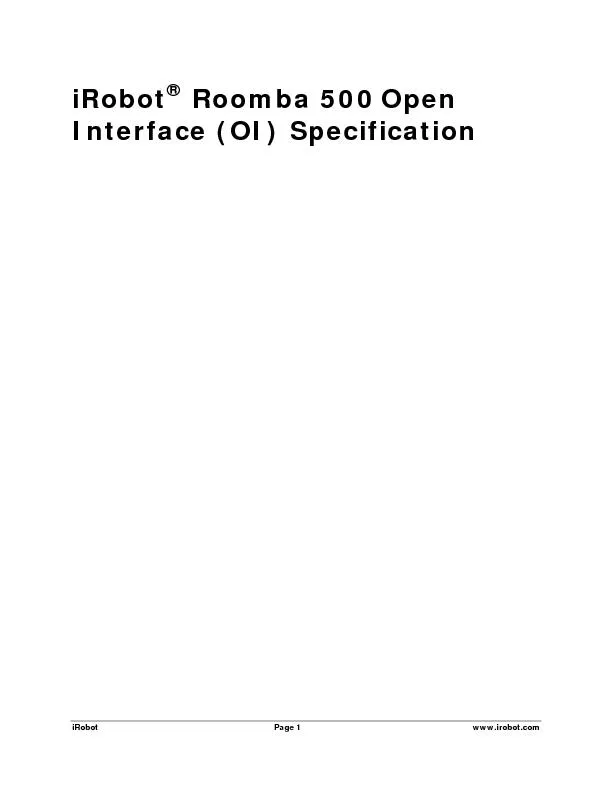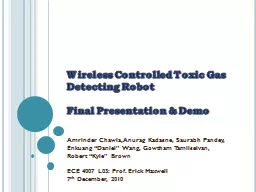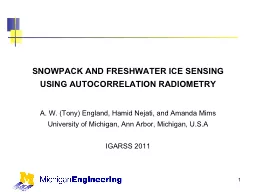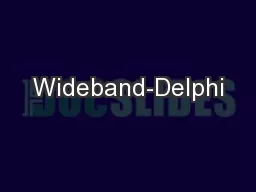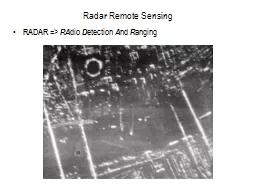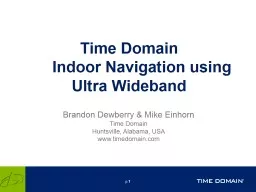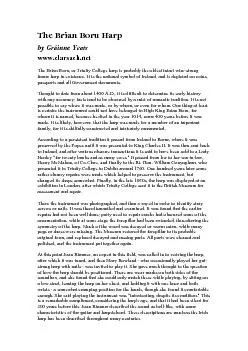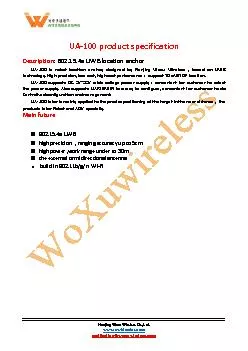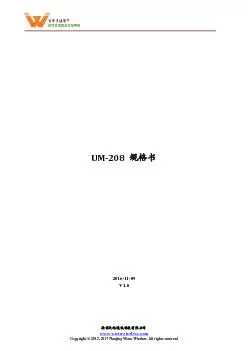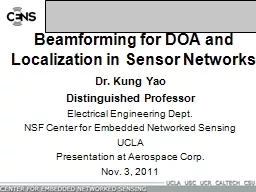PDF-Daredevil Ultrawideband radar sensing for small UGVs Brian Yamauchi iRobot Corporation
Author : pasty-toler | Published Date : 2014-12-10
Our goal is to develop a sensor array that will allow the PackBot to navigate autonomously through foliage such as tall grass while avoiding obstacles and building
Presentation Embed Code
Download Presentation
Download Presentation The PPT/PDF document "Daredevil Ultrawideband radar sensing fo..." is the property of its rightful owner. Permission is granted to download and print the materials on this website for personal, non-commercial use only, and to display it on your personal computer provided you do not modify the materials and that you retain all copyright notices contained in the materials. By downloading content from our website, you accept the terms of this agreement.
Daredevil Ultrawideband radar sensing for small UGVs Brian Yamauchi iRobot Corporation: Transcript
Download Rules Of Document
"Daredevil Ultrawideband radar sensing for small UGVs Brian Yamauchi iRobot Corporation"The content belongs to its owner. You may download and print it for personal use, without modification, and keep all copyright notices. By downloading, you agree to these terms.
Related Documents

